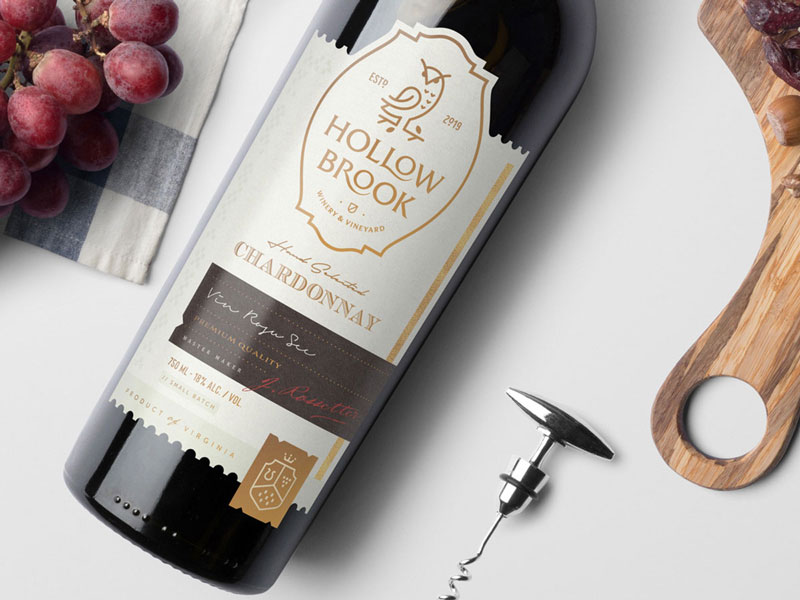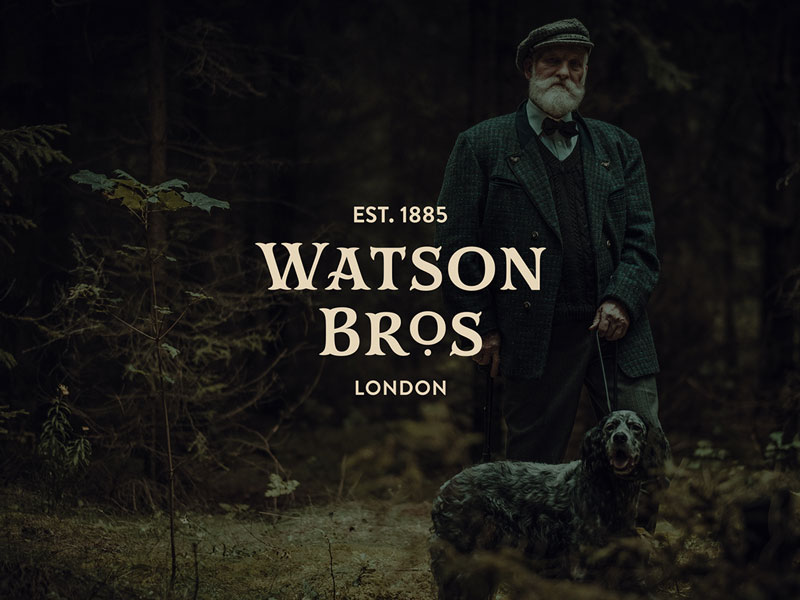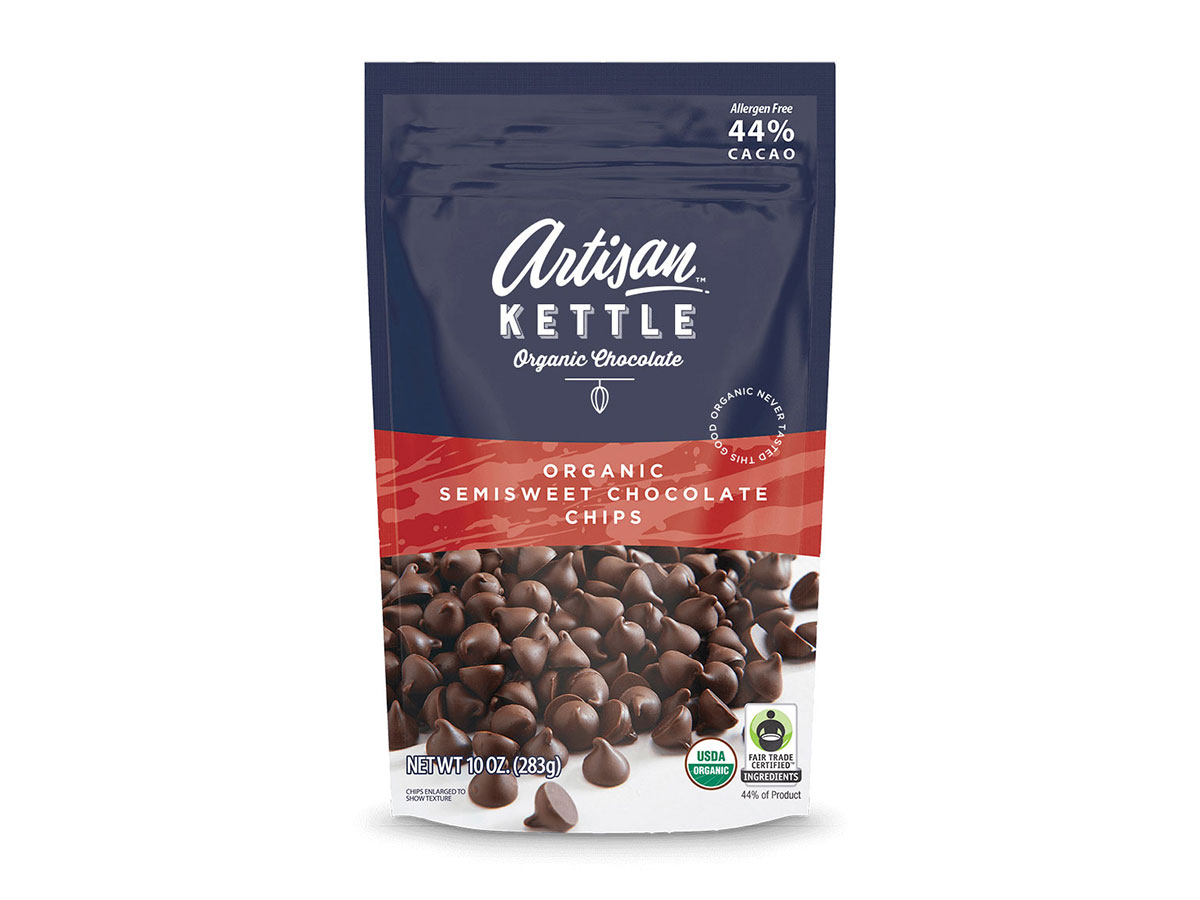Build a Brand Identity
That Makes an Impact
Transform your business with a complete brand identity system that creates instant recognition, builds trust, and drives growth. 2000+ magical brand identities built since 1998.
Complete Brand Identity Package
Everything you need to launch and grow a memorable brand that stands out
Custom Logo Design
- 6 initial logo design concepts to choose from
- Unlimited revisions until you're 100% satisfied
- 8 different file formats for all platforms
- 100% ownership of the final design
Secondary Brand Marks
- Versatile secondary symbols & icons
- Perfect for social media & merchandise
- Multiple use cases & applications
Official Brand Pattern
- Unique pattern for brand recognition
- Use on packaging, apparel & materials
- Creates a cohesive visual system
Matching Stationery
- Custom business card design
- Letterhead & envelope design
- Print-ready file formats
Social Media Assets
- Facebook cover & avatar images
- Custom email signature graphic
- Social media ready formats
Brand Style Guide
- Comprehensive usage guidelines
- Color palette & typography specs
- Ensures consistent brand application
Award-Winning Brand Identities
See how we've transformed businesses across industries with powerful brand identities

Premium Wine Label Branding

Rebranding A 135 Year Old Gunmaker Brand

Fast Food Restaurant Branding & Website

Jeddah Luxury Apartment Branding & Website

Maldives Resort Brand Development

Crafted Elegance: The Artisan Kettle Brand Evolution
Choose Your Package
Transparent pricing with everything you need to get started. No hidden fees, no surprises.
Essential
What's Included:
- Custom logo design (3 initial concepts)
- 2 revision rounds
- Primary logo in multiple formats (PNG, JPG, SVG)
- Basic brand colors (2-3 colors)
- Logo usage guidelines (1-page PDF)
100% ownership • No hidden fees • Satisfaction guaranteed
Professional
What's Included:
- Custom logo design (5 initial concepts)
- 3 revision rounds
- Complete logo family (primary, secondary, icon)
- Full color palette (primary + secondary colors)
- Typography selection (2 font pairings)
- Basic brand pattern/texture
- Comprehensive brand guidelines (5-8 pages)
- Business card design (1 concept)
- Social media profile kit
100% ownership • No hidden fees • Satisfaction guaranteed
Complete
What's Included:
- Everything in Professional, plus:
- Logo design (6-8 initial concepts)
- Unlimited revisions (within 30 days)
- Extended logo family (full suite of variations)
- Brand patterns and textures (3+ options)
- Extended brand guidelines (12-15 pages)
- Stationery suite (business card, letterhead, envelope)
- Social media templates (10+ designs)
- Email signature design
- Brand photography art direction guide
- 30-minute brand strategy consultation
100% ownership • No hidden fees • Satisfaction guaranteed
All packages include 100% ownership of final designs
Questions? Call +1 (845) 233-6410 or contact us
Our Brand-Love Guarantee
We've been creating brands since 1998, and we're confident you'll love what we create for you. But we get it - investing in your brand is a big decision. That's why we offer this simple promise:
If you're not excited about the initial concepts we present, we'll refund 50% of your investment. No runaround. No hassle. Just a quick email.
Here's how it works:
Once we deliver your initial design concepts (typically within 10-14 days of receiving your brief), you'll have 3 business days to review them. If our creative direction doesn't resonate with you, simply let us know and we'll process your 50% refund immediately.
Why 50%? Because by that point, we've invested significant strategy time, research, and creative energy into understanding your brand and developing concepts tailored to your vision. But we never want you to feel stuck with work that doesn't excite you.
Bottom line: We only succeed when you love your brand. And after 2,000+ successful projects, we're betting you will.
What Our Clients Say
Join 2000+ satisfied clients who transformed their brands with Spellbrand
Christian Nocera
Dapper Yankee
"Delighted to have used Spellbrand for our last project. The work was thorough and results excellent. For me it was such a pleasure to work with Mash who was able to keep up with all my last minute requests for small changes. Nothing was too much of a problem and I would have to say that its great to work with people who do actually put the customer needs first! One thing saying it, its another thing doing it – Thanks Mash!"
Sue Politte
Success In Focus
"Love it! My brand identity and logo helps quickly communicate what I do. I coach very busy business leaders who want to take their organization to the next level and are tired of all the things that are slowing things down or blocking progress. My brand identity needed to grab visual attention and communicate quickly that I help my clients get focus so they gain and build success. My new brand will help my potential clients identify with me. Thank you!!!!"
Joe Russell
VALENSOR
"Mash and his team were amazing. They were able to take our vision and produce a truly creative and unique branding package. What struck me most was their desire to make our company happy alongside ensuring our company has good branding. Mash was always willing to answer our questions and help us arrive at a decision. Overall, SpellBrand is not just creating company names and logos, they are creating character and soul for their clients' companies. I would recommend them to anyone looking to stand-out among their competitors. SpellBrand services are most definitely worth their weight in gold."
Gracienne Myers
Banana Vital
"If you are looking for a company to design your company’s identity or even rebrand your current brand, Spellbrand is the company that you would choose, they designed my company, Banana Vital’s logo, and provided me with 6 design to choose from which made it hard to choose because they were all very good. Just recently I hired them to rebrand Mechanical Bull Sales and again every logo was great and well thought out. I am very pleased with the work that Spellbrand has provided and I am looking for to continue working with them."
Liana Alexander Raye
Harlequin Starr International Styles
"Working with the Spellbrand team has been incredibly easy. Mash has a team of experts who are extremely visionary and pioneering, pulling together ideas and initial thoughts into an actual brand giving you options that you feel best align with your thought process. I have no idea how they created my brand based on the vague brief I gave them, but they have worked wonders and magic. Their design, attention to detail, willingness to ensure the final product is exceptional all counts towards a company who has the client at the forefront of mind at every step of the way. Spellbrand is my Number 1 go to for all branding, website and design concepts moving forward. I look at them as an extension to our marketing arm. Just brilliant."
Raymond Chen
RLC Global Archicom, Singapore
"SpellBrand was very accommodating from the beginning of the design process even when we had distinct design ideas, being architect designers ourselves. Jeff responded with many preliminary style options based on our initial sketchy ideas, enabling us to zoom in on the specific feel we were looking for. From that point on, it was just refinement and the final logo was in our hands in a matter of days. We have used SpellBrand on other logos for my clients projects."
Our Proven Process
A streamlined approach that delivers exceptional results in just 2-4 weeks
Discovery & Research
We start with a personalized Zoom call to understand your brand vision, target audience, and business goals. Our creative directors conduct comprehensive market research and competitive analysis to identify opportunities for differentiation.
Design Presentation
Within two weeks, we present 6 unique design directions, each with its own compelling story. Our designers craft visually stunning concepts that align with your brand strategy and resonate with your target customers.
Identity System Development
Once you select your primary logo, we develop your complete visual identity system including secondary marks, brand patterns, color palettes, typography, and all the collateral materials you need to launch successfully.
Final Delivery & Launch Support
You receive all final files in 8 different formats, a comprehensive brand style guide, and ongoing support to ensure a successful brand launch. Plus, you get 100% ownership of all design assets.
Ready to Build Your Brand?
Join 2000+ businesses that have transformed their brands with Spellbrand
Let's Create Something Magical Together
Ready to create a brand that stands out and drives real business results? Browse our service packages and choose the perfect fit for your business. Transparent pricing, instant purchase, and immediate project start.
